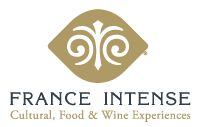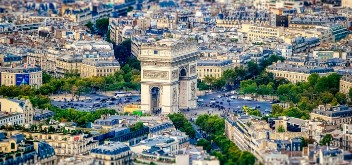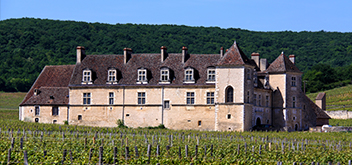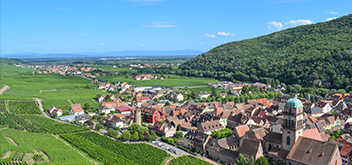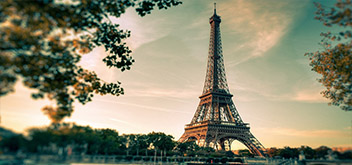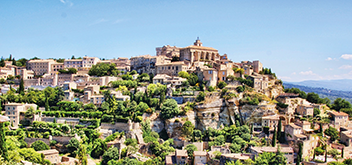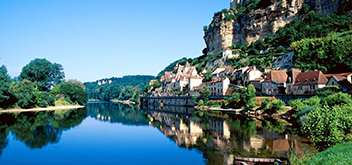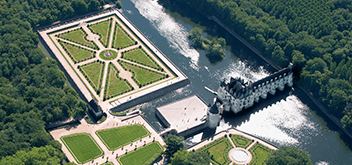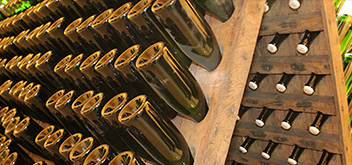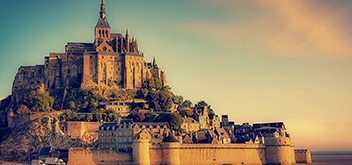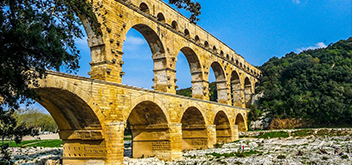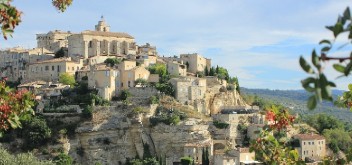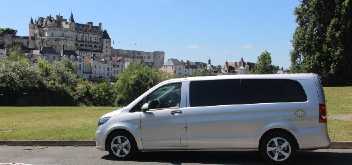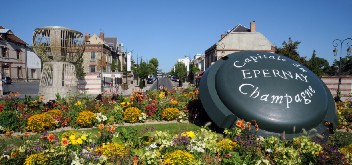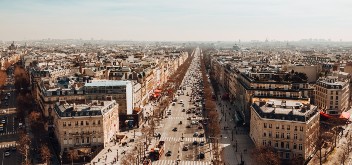Cart 0
0 item(s) - 0 € No products
0 € Total
Quantity
Total
Product successfully added to your shopping cart
There are 0 items in your cart. There are 0 items in your cart.
Total
Loire Valley Chateaux
The Loire Valley was listed in 2000 in the UNESCO World's Heritage. It stands for the part of the Valley located between Sully sur Loire (in the Loiret) and Chalonnes sur Loire (in the Maine et Loire). It constitutes an exceptional site for its biological diversity as well as for its historical and cultural wealth (castles, gardens, towns, wines).This part of the river flows through two regions, Centre and Pays de la Loire, and four departments (le Loiret, le Loir et Cher, l'Indre et Loire et le Maine et Loire). In the Loire Valley, the biggest tributaries are the Vienne, the Cher and the Indre.A low limestone and tuff stone cliff is often to be found on either side of the valley between Orleans and Angers. A lot of small islands and sand or gravel banks are visible all along the river, which has an extremely changeable width and depth according to the season and the year. The Loire floods usually happen in winter and are most of the time without any consequence, thanks to dikes built on its sides.Downstream from Orleans, the main cities are Blois, Amboise, Tours, Saumur and Angers, the main castles being Sully sur Loire, Blois, Chaumont sur Loire, Amboise, Saumur, others being located at a distance from the Loire, on its tributaries, such as Chambord, Chenonceau, Azay le Rideau, Chinon. In the middle Ages, the Loire Valley was marked by continuous fights from the X to the XV. They first dealt with the succession for the crown of England, then the fights between Capetians and Plantagenets for the kingdom of France. The last chapter of those fights being the 100 years war, in which Joan of Arc played a big part, delivering Orleans on May 8th 1429.The Renaissance sees the golden age of the Loire Valley, from Louis XI who made of Tours the French capital city in 1461 until Henry IV who took power back to Paris in 1594. The Valois kept on importing into the Loire Valley new aesthetics and a new lifestyle they had discovered in Italy, inviting artists and craftsmen, the most famous being Leonardo da Vinci. Then started the first French Renaissance, during which the royal castles of Amboise and Blois were renovated. Then were built les Chateaux de Court, such as Chambord, aimed at pleasure.In the XVII and XVII, the region saw the increase of communication axis thanks to the creation of canals (canal de Briare, canal d'Orleans), which led to a very prosperous era for the Loire mariners. The French revolution did lot lead to severe turmoil in the region, except for the farmers riot in les Mauges in the south of Anjou. In the XIX the railway led to drastic changes in the landscape of the Loire Valley, creating the death of the Loire navigation, as a well as the end of all activities in the Loire harbours.Thanks to the meeting of the Italian, Flemish and French cultures in the Loire Valley, a model of garden-landscape was born around the Loire. The extension of the garden and its technique of culture to the territory between river and forest found its greatest expression in Touraine. That region, celebrated as the garden of France, often was used as an example for the rest of France.The Renaissance poets, such as Pierre de Ronsard or Joachim du Bellay, celebrated landscapes they found as remarkable as those of Rome. After the Renaissance, the Loire landscapes remained celebrated by many artists such as Jean de la Fontaine or la Marquise de Sévigné, Alfred de Vigny, Gustave Flaubert, Honoré de Balzac, Charles Baudelaire or Victor Hugo, whose romantic sensitiveness was in harmony with the Loire Valley landscapes.Wines and vineyards, already in the Loire Valley in the Gallo-Roman times, represent a true historical and cultural model and are fully part of the "bien vivre" (wellness) (quality of life) that developed in the Loire Valley. Like almost all vines in the world, the Loire Valley vines suffered from phylloxera, which destroyed almost all the vineyards in the late XIX. Since, all vines are American rooted (for being resistant to phylloxera) on which have been grafted old French grapes.The Loire Valley offers diverse terroirs which, for the soil, hills, orientation, give wines which, though made from the same grape variety, are very different. Nevertheless, all are marked by their freshness, vivacity and elegance. The most important Appelations are the Muscadet, Anjou, Saumur, Saumur Champigny, Chinon, Bourgueil, Saint Nicolas de Bourgueil, Touraine. Vouvray, Montlouis, Cheverny, Orléanais and Sancerre. The most frequently used grape varieties are the Chenin and Sauvignon for the whites, and Cabernet Franc, Gamay and Pinot Noir for the reds.The great diversity of biotopes on the river and its banks (sand banks and islands, gravel islands covered with vegetation, floodable woody banks, levies, forests) produce a great amount of natural environments which attract an important flora and fauna.In the Saint Mesmin Natural Reserve near Orléans, we numbered 558 species of plants, of which 8 are protected (ex: fleabane). We numbered as well 325 types of mushrooms. If man or flood does not prevent them from growing, trees will settle, such as 3 types of willows, poplars or ash trees.Still in the Saint Mesmin Reserve were numbered 294 species of vertebrates and 535 invertebrates. Among the vertebrates, 29 fishes (salmon, eel, lamprey, pikes...), 4 amphibians, 7 reptiles, 226 birds (plovers, terns, egrets, ospreys...), 29 mammals such as beavers and 13 species of bats.
